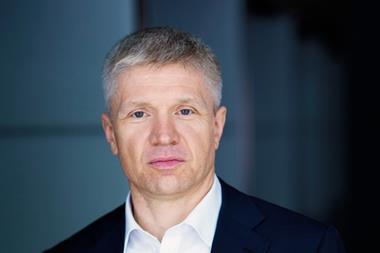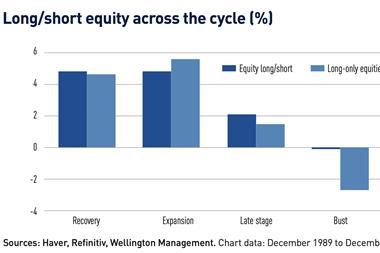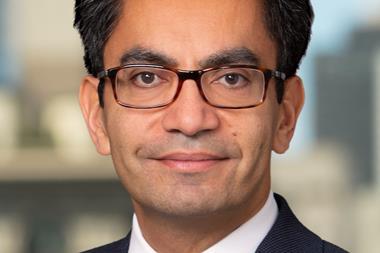Investors are redefining their views on the asset class emerging markets (EM), looking at opportunities in private markets, the impact of companies in terms of ESG, and redefining the geography for allocations.
Returns on investments in EM for pension funds can pop up outside the listed space. “In the next decade you will see continuously opportunities coming outside the listed space, Samir Shah, managing partner at Peak Sustainability Ventures, said speaking at the IPE Annual Conference 2022 taking place in Rotterdam this week.
He added that investors and pension funds need to think outside the box to position portfolios to catch emerging opportunities on a risk-adjustment return basis.
In some regions, for example in Africa, private markets is the only way to increase exposure, or in private technology funds in India for the investment in the digital space, but it’s important to consider taking illiquidity risks in EM while opting for good compelling opportunities, said Faisal Rafi, head of research at RisCura.
Pension funds face the challenge of not having enough in-house manpower to track investments in EM, looking instead for external asset managers, as the geography of the asset class changes and evolves.
“The bulk of the investable emerging market countries are outside Brazil, Russia, India, China, and South Africa (BRICS),” Asha Mehta, managing partner and global chief investment officer at Global Delta Capital, told delegates.
EM have reached a state of maturity that institutional investors have yet to appreciate, she added, with “limited resemblance to what the asset class represented two decades ago”.
Asset allocation depends on whether it is active or based on an index, shifting risk and opportunities,
Shah added: “Political risk is there, but is much more a bottom up analysis to see specific opportunities […] being dynamic in terms of modifying portfolios, directly or through managers that have to be in a position to do active reallocations based on opportunities and risks, and that can be something that really drives returns.”
For Kim Catechis, investment strategist at Franklin Templeton, investing in the EM poses unique challenges today – it is a diverse and artificial asset class, and can only be mixed.
“I would rather think of it in terms of companies or investment vehicles rather than artificial asset class construction,” he said.
EM, ESG and impact
Catechis underlined that one issue is impact investing in EM, and how to provideevidence of that impact, adding that indexes, which are seen are a “security blanket”, are not entirely necessary.
According to Rafi, emerging market, ESG and financial returns are directly linked.
RisCura invested in small mining companies to be able to procure better material for sustainable source.
“But the bar is much higher (for investment according to ESG criteria in emerging markets), and the emphasis needs to be on change,” he said.
Mehta agreed that sustainability in emerging markets is intrinsically linked to returns, adding that financial materially “is twice as relevant” because of outside risks in emerging markets.
The latest digital edition of IPE’s magazine is now available

















No comments yet